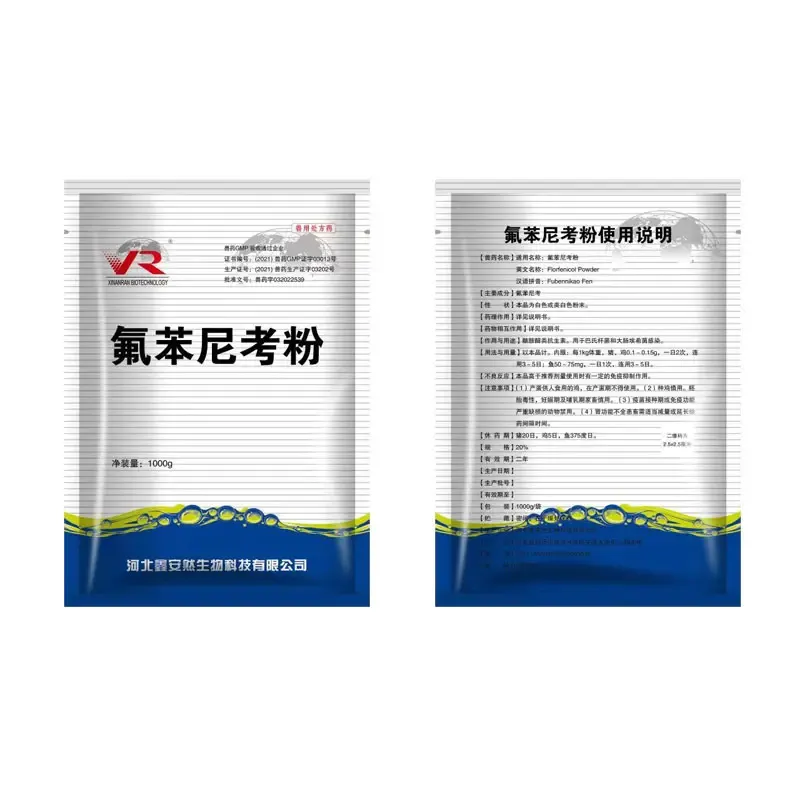- Afrikaans
- Albanian
- Amharic
- Arabic
- Armenian
- Azerbaijani
- Basque
- Belarusian
- Bengali
- Bosnian
- Bulgarian
- Catalan
- Cebuano
- Corsican
- Croatian
- Czech
- Danish
- Dutch
- English
- Esperanto
- Estonian
- Finnish
- French
- Frisian
- Galician
- Georgian
- German
- Greek
- Gujarati
- Haitian Creole
- hausa
- hawaiian
- Hebrew
- Hindi
- Miao
- Hungarian
- Icelandic
- igbo
- Indonesian
- irish
- Italian
- Japanese
- Javanese
- Kannada
- kazakh
- Khmer
- Rwandese
- Korean
- Kurdish
- Kyrgyz
- Lao
- Latin
- Latvian
- Lithuanian
- Luxembourgish
- Macedonian
- Malgashi
- Malay
- Malayalam
- Maltese
- Maori
- Marathi
- Mongolian
- Myanmar
- Nepali
- Norwegian
- Norwegian
- Occitan
- Pashto
- Persian
- Polish
- Portuguese
- Punjabi
- Romanian
- Russian
- Samoan
- Scottish Gaelic
- Serbian
- Sesotho
- Shona
- Sindhi
- Sinhala
- Slovak
- Slovenian
- Somali
- Spanish
- Sundanese
- Swahili
- Swedish
- Tagalog
- Tajik
- Tamil
- Tatar
- Telugu
- Thai
- Turkish
- Turkmen
- Ukrainian
- Urdu
- Uighur
- Uzbek
- Vietnamese
- Welsh
- Bantu
- Yiddish
- Yoruba
- Zulu
des . 26, 2024 12:42 Back to list
Tylosin Injection Usage and Effects in Veterinary Medicine in 2020
Tylosin 20 Injection An Indispensable Tool in Veterinary Medicine
Tylosin is a macrolide antibiotic that has gained prominence in veterinary medicine for its efficacy in treating bacterial infections in livestock and pets. As a member of the polyketide class of antibiotics, it is particularly effective against Gram-positive bacteria and certain Gram-negative organisms. Among its various formulations, Tylosin 20 injection has become a popular choice among veterinarians for its potency and broad-spectrum activity.
Composition and Mechanism of Action
Tylosin 20 injection consists of Tylosin tartrate, formulated for parenteral administration. This injectable solution contains 20 mg of Tylosin per milliliter, making it a concentrated option suitable for various therapeutic needs. The mode of action of Tylosin is primarily through inhibition of protein synthesis. It binds to the 50S ribosomal subunit of susceptible bacteria, disrupting the process of translation and consequently preventing bacterial growth and reproduction.
What sets Tylosin apart from other antibiotics is its unique ability to also modulate immune responses, providing an additional layer of therapeutic benefits. This dual action not only helps in treating infections but also aids in reducing inflammatory responses in the body.
Indications for Use
Tylosin 20 injection is indicated for use in a variety of conditions commonly encountered in veterinary practice. Its primary applications include
1. Respiratory Infections Tylosin is effective against pathogens that cause respiratory infections in livestock, such as swine pleuropneumonia and various pneumonia cases in cattle.
2. Gastrointestinal Disorders This antibiotic is commonly used to treat enteritis and other gastrointestinal infections, especially in pigs and poultry. It can help reduce the incidence of diarrhea and restore gut health.
tylosin 20 injection

4. Miscellaneous Infections Given its broad-spectrum activity, Tylosin can be used for a range of infections caused by susceptible bacteria, further emphasizing its versatility in different animal species.
Administration and Dosage
Tylosin 20 injection is typically administered via subcutaneous or intramuscular injection, allowing for swift absorption and onset of action. The dosage depends on the type of animal, the condition being treated, and the severity of the infection. It's crucial for veterinarians to assess each case individually to determine the correct dosage and duration of therapy.
Animal owners are advised to strictly follow veterinary guidance when administering Tylosin, as improper use can lead to antibiotic resistance. It's important to underline that Tylosin should only be used under veterinary supervision, and compliance with the prescribed treatment regimen is vital for a successful outcome.
Safety and Side Effects
In terms of safety, Tylosin is generally well-tolerated in animals. However, like all pharmaceuticals, it may have side effects. Some animals may experience mild gastrointestinal disturbances such as diarrhea or vomiting. In rare cases, allergic reactions can occur, leading to symptoms such as swelling or difficulty breathing. If any adverse reactions are noted, it is essential to consult the veterinarian immediately.
Furthermore, the use of Tylosin in food-producing animals raises concerns regarding residue levels. To mitigate this risk, appropriate withdrawal times must be observed before animals are slaughtered for food. This ensures that meat products do not contain residual levels of the antibiotic, adhering to food safety standards.
Conclusion
In summary, Tylosin 20 injection stands out as a vital asset in the arsenal of veterinary treatments. Its broad-spectrum antibacterial activity, coupled with the ability to modulate immune responses, makes it effective against a variety of infections in both livestock and companion animals. With careful administration and adherence to veterinary guidelines, Tylosin can contribute significantly to the health and well-being of animals, playing a crucial role in veterinary medicine. As with all antibiotics, responsible usage is imperative to ensure the continued efficacy of Tylosin and to combat the growing issue of antibiotic resistance.
-
Guide to Oxytetracycline Injection
NewsMar.27,2025
-
Guide to Colistin Sulphate
NewsMar.27,2025
-
Gentamicin Sulfate: Uses, Price, And Key Information
NewsMar.27,2025
-
Enrofloxacin Injection: Uses, Price, And Supplier Information
NewsMar.27,2025
-
Dexamethasone Sodium Phosphate Injection: Uses, Price, And Key Information
NewsMar.27,2025
-
Albendazole Tablet: Uses, Dosage, Cost, And Key Information
NewsMar.27,2025













